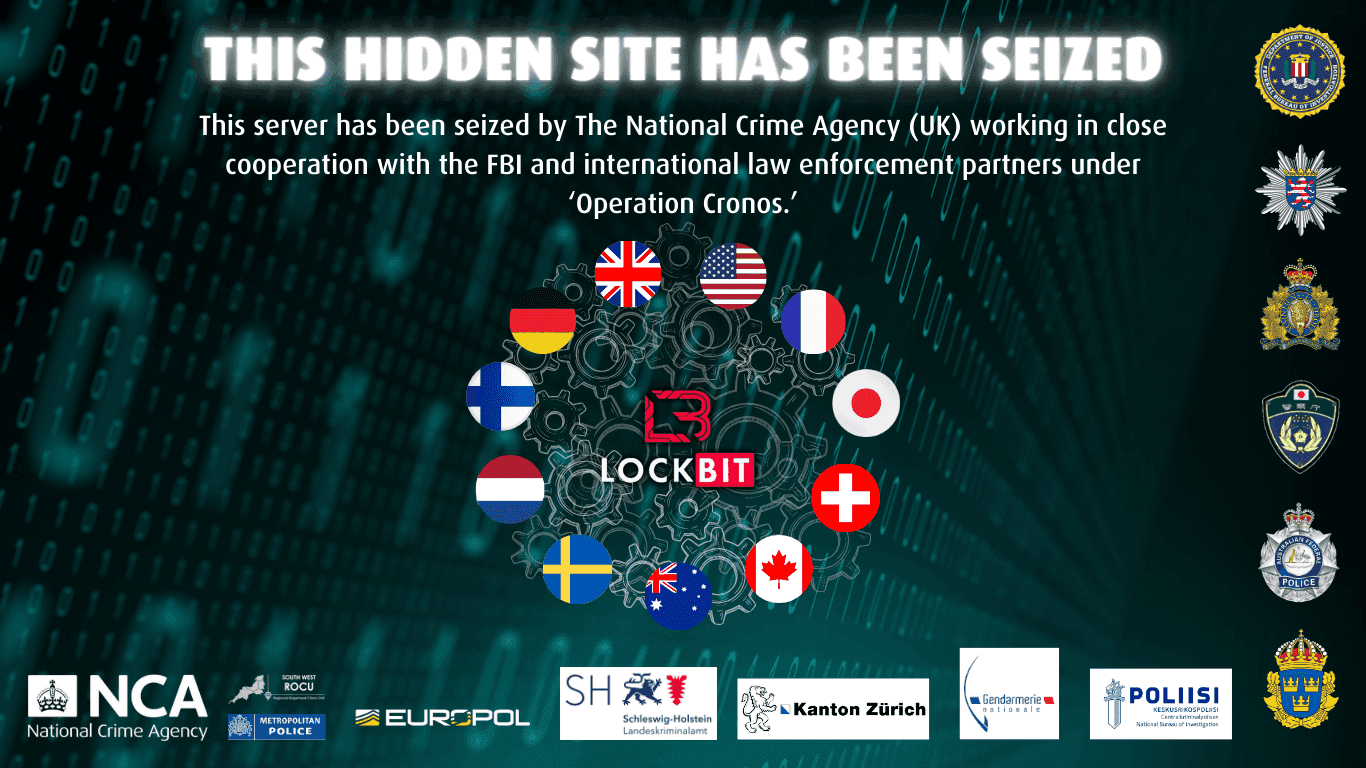
Buy Figma Version
Easily personalize every element of template with Figma and then transfer to Framer using plugin.
Glossary
What is a Phishing Simulation?
Phishing simulations, also referred to as phishing tests, are used to test how susceptible an organization is to phishing. More importantly, phishing simulation allows organizations to prepare how to respond in the event of a real attack. Phishing simulation typically involves recipients, or targets, within an organization receiving a simulated phishing email that is intended to mimic a real phishing attack.
Typically, like real phishing emails, phishing simulation emails are intended to trick their target into performing some action at the request of an attacker. Such actions may involve entering credentials into a phishing website or opening malicious attachments. Naturally, unlike a real phishing attack where an attacker’s motive is to take advantage of targets’ actions, in a simulation targets’ actions are monitored and the results are analyzed to help determine the effects of the simulated attack had it been real.
Think of phishing simulation as a fire drill
Similar to the way we carry out fire drills in buildings to ensure that everyone knows how to exit quickly and safely in the event of a fire; a simulated phishing attack helps ensure that everyone knows how to act on communications by a malicious attacker.
Furthermore, phishing simulation can help you to identify weaknesses in your security program or help identify user behaviors that are outside of the norm – armed with these observations, you can aim to improve upon your processes to make attacks harder for attackers to pull off.
Phishing simulation as part of security awareness training
Nearly all successful security awareness programs involve simulating phishing attacks in some way or another. While the duration, targets, subject, and frequency of phishing simulation campaigns will differ from one organization to another, exposing end-users to realistic phishing simulations not only helps them recognize cyberattacks but also makes them proactive in combating prevailing cyber threats.
Moreover, phishing tests give employees the opportunity to see what phishing looks like first-hand in a safe and controlled environment. Unfortunately, whether we like it or not, humans are undeniably the weakest link in the cybersecurity chain; however, we’re also great at forming habits.
Simulated phishing attacks incentivize end-users to constantly remain vigilant. When executed with the correct attitude, emphasizing security awareness and never blaming the victim, not only do phishing simulation exercises allow for end-users to be better prepared for a real threat, but they also help build a relationship of trust and a sense of shared responsibility in defending the organization against malicious actors.
Phishing simulation as a security control
Phishing simulation’s utility extends beyond security awareness and Governance, Risk and Compliance (GRC) programmes – phishing simulation can play a role as a security control by exposing weaknesses not just in people, but crucially, in process. As such, phishing simulation provides security practitioners with the opportunity to and insight to help bolster an organization’s overall security posture.
The following are just a few examples of how phishing simulation as a security control can provide an organization’s security function with value aside from better security awareness:
Phishing simulation helps ensure that the appropriate security tooling, monitoring, and alerting are suitably set up to quickly notice and act on potential threats;
By simulating phishing attacks, organizations can ensure that the process for end-user reports to report suspicious activity is in place and working well;
Regular phishing tests help identify tooling, skills, or personnel shortages in an organization’s security function, and provide measurable metrics to showcase said shortage to stakeholders
Identify users/groups most susceptible to phishing attacks and improve policies and processes to make a successful attack harder to execute and easier to notice;
Identify the types of phishing attacks that are most effective against your organization and implement strategies to help mitigate that specific risk.
While phishing tests alone are not a replacement for technical defenses such as email security gateways, phishing filters, and anti-malware solutions, they can be invaluable in improving an organization’s security awareness and posture. Additionally, when paired with an effective security awareness program, phishing simulation can serve as a powerful tool to promote security best practices.
Getting started with phishing simulation
One of the quickest and safest ways to do this is to use phishing simulation software like PhishDeck, which allows you to set up simulated phishing campaigns, send simulated phishing emails to employees, and track the progress of campaigns in a single interface in just a few minutes.




